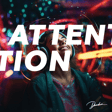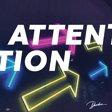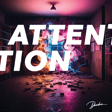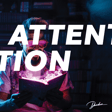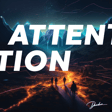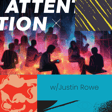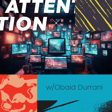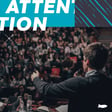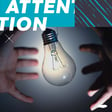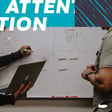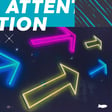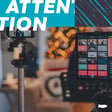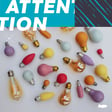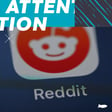
Audience Growth Through Visual Storytelling w/Kacy Maxwell
Welcome back to another episode of Audience Growth School! I'm your host, Dan Sanchez, and today we have an incredible guest with us. Kacy Maxwell is an expert in the art of sketchnoting and visual note-taking, and he has successfully built a strong audience through his captivating content. Today, Kacy shares his journey, strategies, and valuable insights on connecting with your audience and growing your brand.
Here are my top three takeaways:
Takeaway #1: Simplify Complex Concepts with Visual Representations
One of the key elements that have contributed to Kacy's success is his ability to simplify complex concepts into engaging visual representations. His book, "The Boy with Horns," not only addresses the important theme of feeling different and alone but also provides parents with a language to approach these emotions with their children. By transforming complex ideas into visual sketches, Kacy has effectively communicated his message to a wider audience. Think about how you can incorporate visual elements into your content to make it more approachable and understandable to your audience.
Takeaway #2: Leverage the Power of LinkedIn for Networking and Growth
Networking events may not be everyone's cup of tea, and Kacy agrees. Instead, he turned to LinkedIn as a curated platform for professionals to connect and learn from each other. By building meaningful relationships and expanding his network on LinkedIn, Kacy has discovered a world of valuable insights and opportunities. He advises leveraging the power of LinkedIn to refine ideas, create engaging discussions, and grow your audience through frequent and meaningful interactions. So take the time to build your LinkedIn profile, participate in discussions, and connect with like-minded professionals in your industry for collaboration and growth.
Takeaway #3: Engage Multiple Parts of the Brain Through Sketchnoting
Kacy's passion for sketchnoting emerged long before he even realized it was a recognized practice. By turning words into pictures and engaging multiple parts of the brain simultaneously, sketchnoting aids in memory and thinking. Kacy has harnessed this technique to not only capture and retain information but also to create visual content that resonates with his audience. Consider incorporating sketchnotes into your content creation process, whether it be for presentations, blog articles, or social media posts. Engaging your audience visually will enhance the impact and effectiveness of your message, leading to better audience growth.

